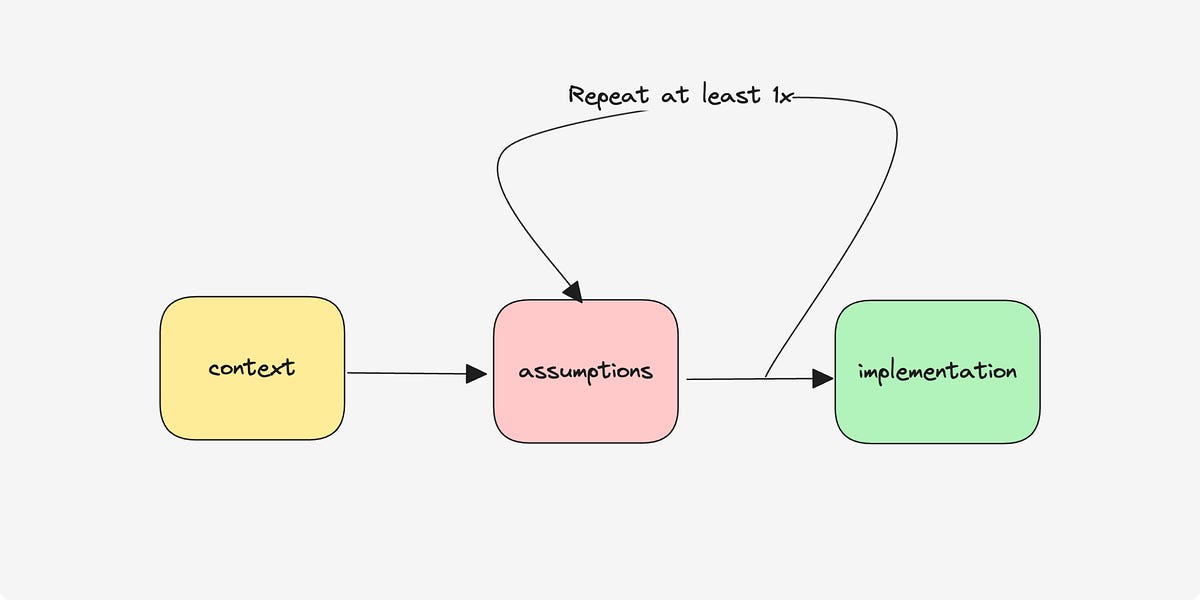Decoded: What Are Neurons?
Our brains have about 86 billion neurons. Even more are spread throughout the body, communicating by electrical and chemical signals through incredibly thin cables.
Whenever we see, hear, or otherwise perceive the world, thousands of sensory neurons send signals to our spinal cord and brain. And thanks to other neurons, we’re able to make sense of those perceptions and react accordingly.
Scientists have been studying the brain for millennia. In fact, the oldest known scientific document is a 4,000-year-old anatomical report on traumatic brain injuries.
But the brain is an extremely difficult organ to study. Even if you manage to get a brain sample under a microscope, you basically just see a tangled web of cells.
In 1873, Italian physician Camillo Golgi found a way to stain brain slices, to show the tissue in far more detail than ever before. Using his technique, a Spanish researcher named Santiago Ramón ee ca-HAL discovered that even though the cells were connected, they were still individual structures. Which became known as neurons.
By breaking down the nervous system into its smallest components, Cajal set the foundation for the next century of neuroscience. He and Golgi split the Nobel Prize in 1906.














